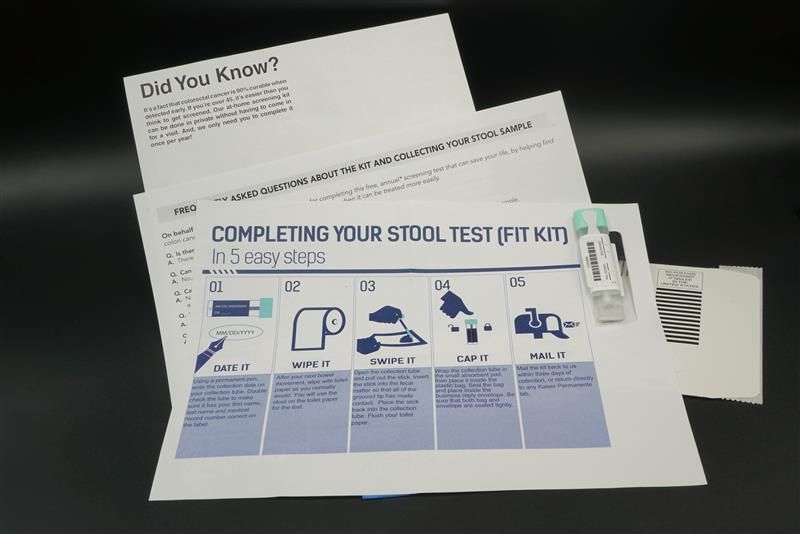News
Article
From Benefit Status to Transplants, CV Disparities Prove Tough to Tackle
Author(s):
Key Takeaways
- Dually eligible beneficiaries have higher rates of CVD, multimorbidity, and mortality, highlighting the need for targeted prevention strategies.
- Despite policy changes, Black patients remain underrepresented in heart transplant allocations, with regional disparities suggesting complex underlying factors.
Posters presented at the American Heart Association Scientific Sessions included results that show how persistent disparities are in cardiovascular (CV) health.
It’s the differences in cardiovascular (CV) morbidity among patients who are dually eligible for Medicare and Medicaid and those who are not. It’s the lingering challenge of trying to weed out disparities in heart transplant allocation. It’s the gap between the rates of sudden cardiac deaths suffered by Black and White men over time.
An early morning view of the American Heart Association poster and exhibit hall, McCormick Place. | Image credit: Mary Caffrey for AJMC.

Posters presented Saturday during the 2024 American Heart Association (AHA) Scientific Sessions made it clear: Disparities in heart health remain entrenched, despite increased attention over the last decade. Three groups of posters centered on disparities research were presented during the morning session, including the following results:
Disparities and Dually Eligible Beneficiaries
Investigators from Duke University’s Schools of Medicine and Population Health Sciences and the Duke Clinical Research Institute used Medicare claims data to isolate a sample of more than 2 million fee-for-service beneficiaries, which they used to evaluate the relationship between Medicaid eligibility and CV disease (CVD) or CVD multimorbidity.1 This was defined as having at least 2 of the following: stroke, transient ischemic attack, heart attack, atrial fibrillation, heart failure, or ischemic heart disease. The secondary outcome was death.
According to KFF, 12.9 million people were dually eligible in the US in 2021. Minorities account for about half this population and nearly 40% are under age 65. KFF described the health care landscape for this group as fragmented and difficult to navigate, yet these patients have some of the most complex needs and limited resources to grapple with them.
The Duke team developed models to estimate the path of progression from having no CVD to having incident CVD, to CVD multimorbidity, and to death, adjusting for demographics and other factors using a 1-year look-back window. Among the 2,189,382 patients, 12.9% were dually eligible for Medicare and Medicaid. Compared with those not dually eligible, the Medicaid-eligible members were more likely to have at least 1 CVD at baseline (23.6% vs 15.0%) and likely to spend at least 1 year less alive and free of CVD (4.89 vs 5.95 years).1
Data showed that the dually eligible patients progressed more quickly from being healthy to multimorbidity and from being healthy to death than those who were not dually eligible. Once patients had CVD, the pace to multimorbidity was about the same for both groups. According to the poster, the dually eligible group with CVD multimorbidity had a 31% higher hazard of mortality (HR, 1.31; 95% CI, 1.29-1.34; P < .001), and this higher risk remained after investigators adjusted for age, race and ethnicity, gender, and medical burden per Charlson Comorbidity Index variables.
The Duke team concluded, “Dual-eligible beneficiaries had higher rates of incident CVD, cardiovascular multimorbidity and associated mortality, illuminating the critical need for primary and secondary prevention of CVD in this vulnerable population.”
Investigators called for policy initiatives to promote and secondary prevention among this group.
Disparities Linger in Heart Transplant Allocation
In 2018, the Organ Procurement and Transplantation Network implemented a new heart allocation policy, with the goal of better prioritizing candidates and “providing broader access to the most medically urgent cases,” according to a statement by the network.
At AHA, investigators from NewYork-Presbyterian Weill Cornell presented results evaluating how well the new policy is working to address racial disparities. Using data from the network, the group analyzed transplant allocation by race and ethnicity and compared the proportion of transplants received by Black and White patients. The team developed a risk ratio in which a result of 1.0 would represent equal transplant rates in Black and White patients. Any ratio greater than 1.0 would indicate inequities, with Black patients receiving transplants at lower rates than White patients.2
The team also broke out the overall risk ratio (ORR) across 11 regions of the United States, to allow comparisons between different areas of the country.
Results were as follows2:
- In 2023, there were 4545 heart transplants performed. According to the poster, 76.0% of the transplant patients were male, and 24.8% were Black, while another 3437 were on the waitlist; in this group, 76.1% were male and 28.2% were Black.
- The ORR comparing rates of Black patients on the waitlist to White patients on the waitlist was 1.11 (95% CI, 1.05-1.18), which the authors said shows Black patients are having transplants at lower rates than White patients.
- In analyzing the ORR by region, investigators found that some of the worst disparities were seen in the Northeast, in states that included New York, Pennsylvania, New Jersey, Maryland, Delaware, Vermont, and West Virginia.
- The only region where Black patients were slightly favored to get a transplant was the center of the country; this region includes Missouri, Iowa, Kansas, Nebraska, Colorado, and Wyoming.
The authors noted that earlier studies had shown that socioeconomic factors lead to worse outcomes for transplant patients who are Black. Despite the policy change, they wrote, “Our study suggests that Black patients are also disproportionately underrepresented in heart transplant recipients relative to their listing numbers, similar to the 2018 allocation policy change.”
Possible causes included lower donor registration among Black residents, reducing opportunities for donor match; lingering unconscious bias that affects transplant offers, which has been documented in research; and the ability of wealthier White patients to afford to be listed at multiple transplant sites.
“Racial disparities persist in heart transplant allocations despite policy changes aimed at improving equity,” the authors concluded. “Variation between regions suggests these disparities are complex and multifaceted, possibly requiring local structural changes in addition to policy changes to rectify.”
How to Explain Sudden Cardiac Death Rates in Young Men?
A look at 20 years of data from a CDC database answers some questions while raising others, according to investigators from Guthrie Robert Packer Hospital in Sayre, Pennsylvania.3
The team examined data from the Wide-Ranging Online Data for Epidemiologic Research (WONDER) database, which contains death certificates for various causes for death in the US from 1999 to 2020. They searched for data regarding patients aged 18 to 45 years whose cause of mortality was sudden cardiac death, and searched for age-adjusted mortality rates and stratified patients by race and gender, using a total population of 48,668; this included 41,975 White individuals and 6693 Black individuals. The team then analyzed year-to-year changes in age-adjusted mortality rate in sudden cardiac death.
The analysis showed that the age-adjusted mortality rate in sudden cardiac death for Black men ranged from 2.1% in 2000 to 0.9% in 2020; however, the pattern of annual changes revealed a steady increase in the mortality rate through 2009, followed by a steep drop of 19.58% between 2009 and 2012. White men had consistently lower mortality rates than Black men; the White male cohort showed a decline between 2009 and 2012, but not as steep. The pattern between Black and White women was similar, but not as stark as that between Black and White men.
The authors do not offer any explanation for the patterns seen in the data. They write, “Racial disparities seen in [sudden cardiac death] related age adjusted mortality rate in the US suggest the role of a complex interplay between health care delivery, underlying pathological processes, and race.”
References
- Lusk J, Kalapura, C, Mentz RJ, et al. Disparities in cardiovascular multimorbidity and mortality among dual Medicare-Medicaid beneficiaries: a nationwide cohort study of >2 million patients. Presented at: American Heart Association Scientific Sessions, November 16-18, 2024; Chicago, IL. Abstract Sa3051.
- Malkani K, Zhang R, Li HA, et al. Assessing racial disparities in heart transplant allocations post-2018 policy change. Presented at: American Heart Association Scientific Sessions, November 16-18, 2024; Chicago, IL. Abstract Sa3038.
- Bhatia H, Rao A, Khan M, et al. Racial disparities in age-adjusted sudden cardiac death rates in the United States: insights from the CDC WONDER database, 1999-2020. Presented at: American Heart Association Scientific Sessions, November 16-18, 2024; Chicago, IL. Abstract Sa3057.





